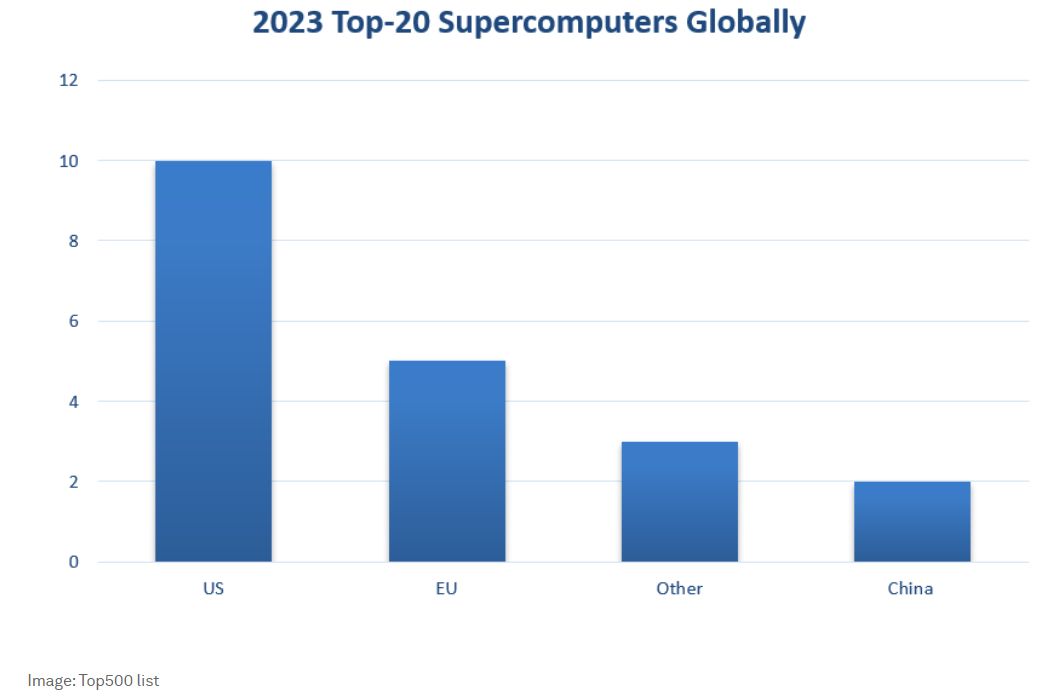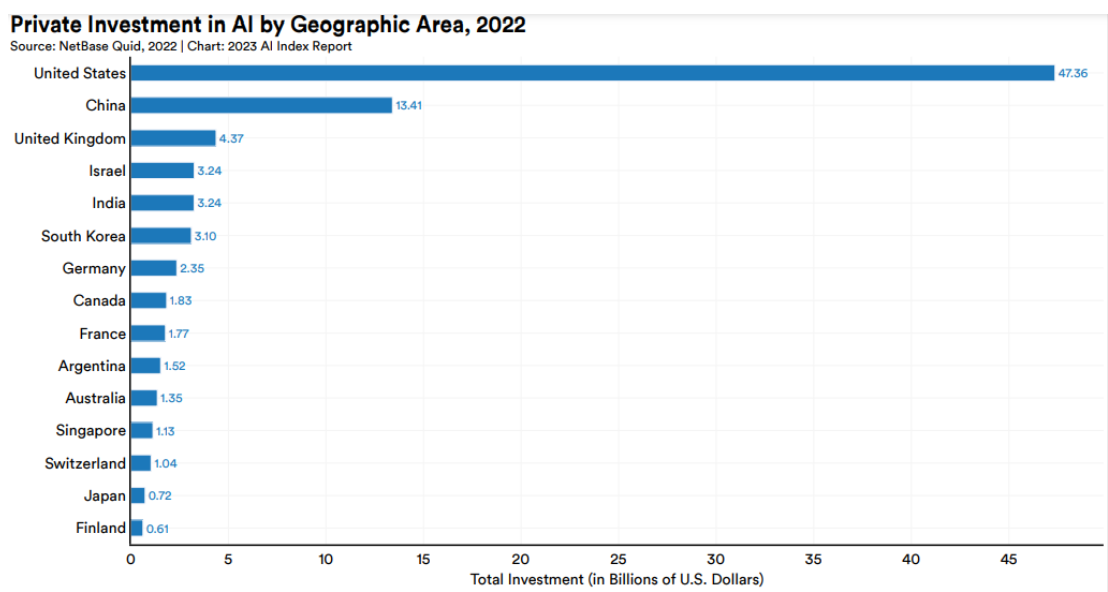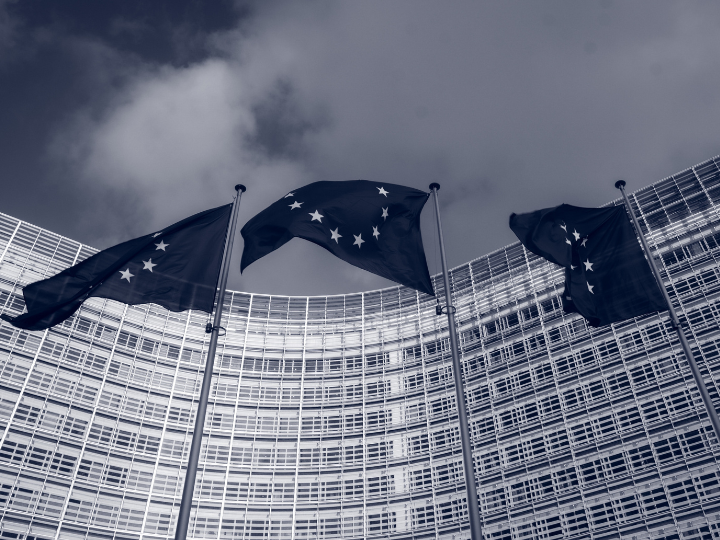by Mirek Dusek and Marushia Gislen*
The achievements and benefits of the European Union are too easily forgotten in the public debate. It is here that you find the highest incomes per capita, lowest levels of poverty and corruption, and the countries where trust in government is the highest. It’s the world’s second largest economy, but this does not come at the expense of cultural or linguistic autonomy at the national level. The union’s joint budget also allows money to flow from richer to poorer regions and freedom of movement means Europeans can study, work, do business or retire wherever it suits them.
Yet on several important indicators the lights in Brussels have been flashing red for some time. Europe’s economic growth has been trailing the US for decades, productivity growth has fallen behind its peers, and the EU today accounts for 18% of global GDP compared to 27% in 1995. Its share of global industrial value has also fallen from 27 to 16% over the same period.
There are four areas that should stand out for policymakers as potential leverage points to reverse Europe’s relative decline, which are all historic drivers of productivity: technology, energy, and capital, with skills as a common foundation across all three areas.
Investing in technology and skills
Let’s start with technology. While Europe is home to some of the most powerful computers in the world, including LUMI in Finland and Leonardo in Italy, the region still accounts for the smallest share of the world’s top 500 computers. However, things can change quickly in the computing race as targeted investments pay off. In 2016, for example, China’s Sunway TaihoLight was in the lead with 93 petaflop per second in performance. Today, Frontier in the US has a performance of 1194 PFlop/s followed by Japan’s Fugaku with 442 PFlop/s.

To harness the power of these supercomputers, hard-won skills are needed. The relative number of STEM graduates, including computer science, engineers and AI-specific professionals can help us gauge Europe’s level of skill readiness.
While countries like the US and India lead the pack in absolute numbers, Europe has talent. It’s just that it’s largely concentrated outside the EU, mainly in London and partly in Zurich, with EU talent hotspots Paris and Berlin trailing behind. When it comes to education, Germany’s Bosch centre for AI, the Max Planck Institute for computer science and Finland’s European Laboratory for Learning and Intelligent Systems are examples of European centres of excellence. In general, however, top European AI and computer science research is again concentrated outside the single market, in the UK or Switzerland, and on a global scale, the best ranked research departments in AI and computer science are in the US or China.
European investment in AI also lags other regions, even when it comes to dedicated spending by governments. As a proportion of GDP, Saudi Arabia is in the global lead. In the EU, it is countries such as Luxembourg and Slovenia that dedicate significant proportions of public investment to AI, followed closely by Germany, France and Italy. The private investment gap is even wider, with European investors generally more risk averse. This can be at least partly attributed to slow progress on completing the capital markets union. Stepping up efforts here would bring the full depth and breadth of the European single market to the pool of investments flowing into emerging technologies.

The impact of these lower investment levels, lower availability of skilled professionals as well as fewer top research institutions is reflected in lower numbers of AI start-ups and unicorns, patents and academic citations. There are some signs, however, that EU capitals are hearing the alarm. In France, for example, €7 billion has been announced for tech investments, funds to be redirected via institutional investors to innovation and tech start-ups. It is examples like this, scaled across Europe, that could help close the investment gap with the US.
At the same time, the EU is spearheading AI regulation based on a risk-based approach aimed at limiting harm to citizens and aiming to foster international alignment on AI regulation, which would help create a more even global playing field for AI development. The effort to minimize risks is important but not at the expense of high rates of innovation – otherwise Europe will be left with the gold standard in regulation but none of the gold that might come from the AI rush. Regulatory sandboxes have already proven to facilitate firm financing, market-entry and increase speed-to-market by reducing administrative and transaction costs.
This approach could be further applied to AI technology development across the EU. In addition, the narrative on AI in Europe could be refocused on the potential benefits in areas such as health care or manufacturing, together with clearer guidance on targeted support for impacted groups and reskilling and upskilling programmes.
Advancing the energy transition
Last year’s energy price crisis made it clear to all – from households in Germany, to glass factories in Italy and steelworks in Sweden - how vulnerable Europe’s energy market is. It also became clear that without stable and cost-competitive supply of energy, European competitiveness becomes elusive. While prices have fallen since, electricity prices in Germany are up to three times higher than in the US and double the prices in France and Poland. The REPowerEU plan aims to accelerate decarbonization, improve electrification and increase storage capacity, but progress on net-zero technologies will be crucial to securing long-term competitiveness.
In the 1900s, it would take decades for energy solutions to reach a significant market uptake. Today, new solutions can reach the market within two years and the pace of change is high. For example, while European offshore wind kick-started the global industry, the IEA shows that current and planned manufacturing of wind, solar and battery technologies in Europe lags significantly behind China. According to the Energy Transition Index, China leads the way on both physical infrastructure and investments in renewables as a percentage of GDP.
For electrolysers and heat pumps, Europe remains in the lead and European electrolyser manufacturers have committed to a tenfold increase in production by 2025 to help boost clean hydrogen supply. However, value chain issues linked to new regulations on traceability make access to input materials more difficult and questions about the extent of available public financing in Europe put progress at risk.
A few eye-catching European initiatives offer a silver lining, including green steel production at a circular plant in northern Sweden that could improve energy efficiency and decarbonize industry. This is made possible by stable access to electricity and hydropower and includes a hydrogen storage facility, the first of its kind, which will be key for value chain decarbonization. The latest edition of the European Innovation Scoreboard also finds that the gap in innovation between the EU and top performers such as South Korea, Canada and the US is closing.
Through strategic partnerships, the EU aims to secure needed critical raw materials, help to develop critical infrastructure in developing countries and collaborate on research and innovation. However, progress on securing new partnerships has been slow and discussions sometimes complex, including with resource rich countries in Africa. Additional efforts to provide mutually beneficial agreements should be prioritized to build lasting partnerships.
Financing for decarbonization has reached unprecedented levels through mechanisms such as the European Green Deal but finding ways to de-risk private investments flowing into emerging climate tech is another important puzzle to solve. The Net-Zero Industry Act targets several technologies for stepped-up development based on their contribution to decarbonisation and competitiveness. Levers at the EUs’ disposal include accelerating permitting procedures, the use of subsidies, coordinated private funding, and setting targets for public procurement. The question is how fast national governments can pick up the reins on implementation. As industrial policy resurfaces in Brussels and members states, let’s also recall that short-term remedies, in the form of subsidies and other protectionist measures, cannot reverse weak productivity.
Europe has shown a surprising capacity to deal with urgent crises and come out stronger. How Europe now deals with this period of structural change in the global economy – which like a slow tide coming in is not an obvious crisis but will be no less far-reaching in its impact – will determine whether Europe can hold its own in the global economic race and ensure that Europeans can enjoy prosperous, productive and creative lives through to future generations.
*Managing Director, World Economic Forum and Community Lead, Europe and Eurasia, World Economic Forum
**first pulished in: Weforum.org




 By: N. Peter Kramer
By: N. Peter Kramer

